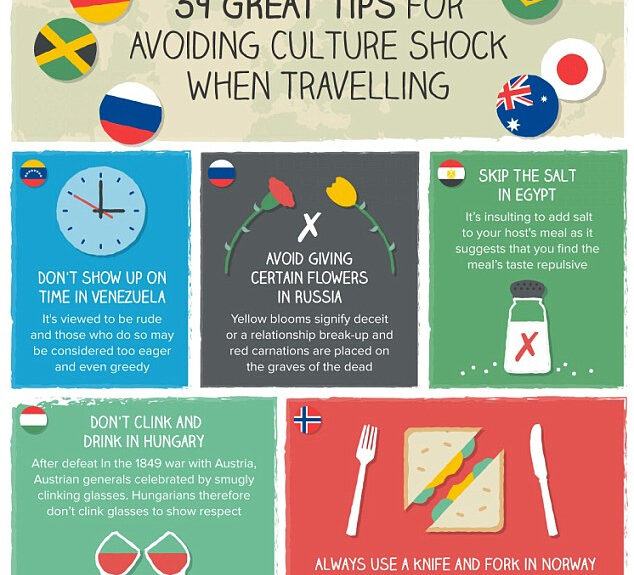‘I am going to draft this pitch and then sell in with ring rounds. I’ll offer first refusal on the content and discuss an embargo. After that I’ll chase the warm leads for the long leads.’ – PR professional
PR Jargon can come across pretty confusing to those unfamiliar with the industry and what it’s all about, sometimes the terminology, sayings and phrases used can appear much more complex than they actually are. As PR continues to evolve throughout this ever-changing digital era, integrating content marketing, SEO, social media, link building and other skills that are traditionally not imbedded within the PR remit, the terminology then becomes increasingly more mystifying.
Luckily, the clever folks at Datadial have unpicked these definitions and phrases, and created a useful glossary of the most used PR terms to get to grips with, so no longer will you be staring at that screen wondering what on earth those PR pros are on about.
Public Relations (PR) – The way in which brands communicate with their target audience in order to convey their brands message. Not to be confused with Advertising, PR targets the audience in a way that is somewhat organic with tactics such as product placement, content marketing and comments/mentions within articles both on and offline. PR is a vital part of any business as Bill Gates ones proclaimed, ‘If I was down to my last dollar, I’d spend it on PR’.
Advertorial – A placement within a publication that holds the look and feel of a news and editorial feature but is paid for in the same way that advertising would be.
Angle – The specific message/spin that a brand wishes to convey within their particular campaign messaging.
Assets – Valuable resources necessary in creating content for a brand or outreaching to press. For instance, imagery, copy and price points are all considered to be assets.
Blog – A blog is an online publication that is created by a specific author. Unlike an e-zine, a blog often expresses the viewpoints of one specific person and traditionally provides honest and impartial reviews.
Boilerplate – Often found at the bottom of press release, a boilerplate is a short and sharp summary of the brand, what they do and what they specialise in.
Brand Positioning – How a brand places itself within its industry and how it views itself in the market
Brief – A set of guidelines and instructions that enable a person to action a task. With regards to a brand, a brief often contains brand guidelines, an overview of a task, deadlines and need to know.
Broadsheet – Newspapers that are printed in large formats and present more serious subject matters then that of the tabloids.
B2B – Otherwise known as business to business, B2B refers to brands that provide resources as a business for businesses.
B2C – Otherwise known as business to consumer, the brand will speak directly to the consumer with regards to their product/services
Circulation – The total number of issues that have gone to print that are available to consumers. The circulation number is often shared with the brand/company as a way of determining the ‘reach’ that a piece of PR coverage has.
Collateral – A selection of assets that is used at events such as road shows to promote the brand/business. This can vary from notice boards, to leaflets and displays.
Content Calendar – A timeline that presents when specific content will land and how long it will run for.
Copy – Writing that is produced for content to give to press, use for content and/or advertising.
Copywriter – A person who produces writing that is used for the brands assets
Embargo – A request from PR to journalist that content, comment and/or PR piece will not be published until a specific date and that the piece will not be published elsewhere until a given date. Other conditions can apply and an embargo ensures that a publication has a full exclusive on the PR piece.
E – Shot – An email that presents a snapshot of information along with eye catching images. Usually featuring around 200 words. E shots are often sent from PR to journalist in order to present a burst of information in one sort email.
Exclusive – Giving a publication the right to issue content that will not be published anywhere else for a specific amount of time.
Ezine – A publication that is hosted online
First Refusal – The opportunity given to a journalist to feature a PR piece before it is shown to other.
Lifestyle Press – Publications that fall into the bracket of mainly featuring the subject matters such as tourism, fashion, health, beauty and overall leisure.
List Build – A database of publications and journalists that is built by a PR and relevant to a particular campaign and brand. The database is then used for outreach.
Long Leads – The name given to print publications that work on their stories from anywhere between 3 – 6 months in advance. A long lead publication will be released every month, bi monthly or even seasonally.
Outreach – Pitching content to press
Pitch – A brief overview of content given through email or phone to a journalist with the objective of creating interest in featuring the brand/company
Press Release – A piece of writing often with images that informs press of newsworthy happenings within a brand or company.
Print Media – All offline publications.
PR Hook – A piece of information within a campaign/piece of content that makes the piece interesting and encapsulates the story.
Ring Rounds – When a PR calls a number of journalists in order to determine what they are working on and pitch content/stories to press.
Sell in – Pitching to journalists
Short Leads – Short lead media often have a lead time on 2 – 3 weeks. On occasion, even just one week. The magazines are often weekly publications.
Trade Press – Publications that target a particular trade or industry
Warm Leads – A reference to when a journalist shows interest in publication your pitch.




